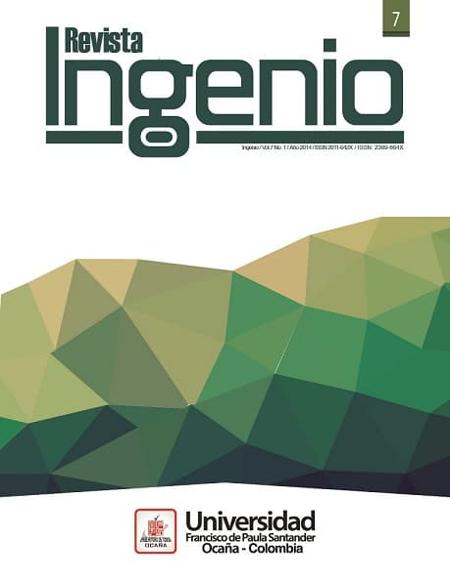Propuesta didáctica para comprender textos biológicos mediante dispositivos móviles
Didactic proposal to understand biological texts through movil devices
Contenido principal del artículo
Descargas
Datos de publicación
Perfil evaluadores/as N/D
Declaraciones de autoría
Indexado en
- Sociedad académica
- Universidad Francisco de Paula Santander
- Editorial
- Universidad Francisco de Paula Santander
Detalles del artículo
Android Open Source Project. (s.f.). Recuperado el 4 de marzo de 2014, de Android Developer: http://developer.android.com/guide/webapps/index.html
Bakalova, Z., & Daneva, M. (2011). A comparative case study on clients participation in a 'traditional' and in an Agile software company. Profes 11 Proceedings of the 12th International Conference on Product Focused Software Development and Process (págs. 74-80). Torre Canne: ACM.
Bennett, S., McRobb, S., & Farmer, R. (2006). Analisis y Diseno Orientado a Objetos de Sistemas. Madrid: McGraw-Hill.
Cheona, J., Leeb, S., Crooksa, S. M., & Songb, J. (2012). An investigation of mobile learning readiness in higher education based on the theory of planned behavior. Computers & Education, 1054–1064.
Hadar, I., & Sherman, S. (2012). Agile vs. plan-driven perceptions of software architecture. CHASE 12 Proceedings of the 5th International Workshop on Co-operative and Human Aspects of Software Engineering (págs. 50-55). Zurich: IEEE Press.
Hemrajani, A. (2006). Agile Java Development with Spring, Hibernate and Eclipse. United States of America: Sams Publishing.
S. M, J., & B, I. (2008). The Mobile Devices and its Mobile Learning Usage Analysis. Proceedings of the International MultiConference of Engineers and Computer Scientists 2008 (págs. 19-21). Hong Kong: IMECS 2008.
Sánchez Vizcaíno, J., & Mateos Jiménez, A. (1998). El lenguaje científico: un objetivo básico en la formación científica de los maestros. Propuestas de actuación en el aula. Tendencias Pedagógicas, I(extra I), 273-280. Recuperado el 2 de Mayo de 2015, de http://www.tendenciaspedagogicas.com/articulos/1998_e1_27.pdf
Sommerville, I. (2005). Ingeniería del software. Editorial Pearson Educación.
Xamarin. (2014). Obtenido de Xamarin.Android: http://xamarin.com/android
Yu, Y., & Sharp, H. (2011). Analysing requirements in a case study of pairing. AREW '11 Proceedings of the 1st Workshop on Agile Requirements Engineering. Lancaster: ACM New York.









